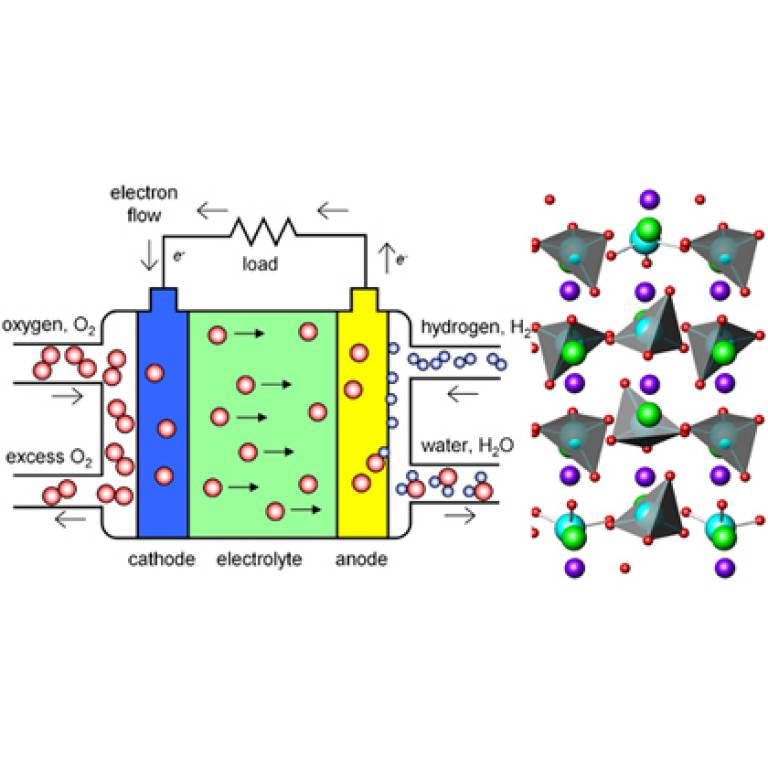Major high-performance computing research grant
30 June 2008
Links:
 ucl.ac.uk/chemistry/staff/academic_pages/richard_catlow" target="_self">Professor Catlow
ucl.ac.uk/chemistry/staff/academic_pages/richard_catlow" target="_self">Professor Catlow
A consortium of twelve universities co-led by Professor Richard Catlow of UCL Chemistry has won a major grant from the Engineering & Physical Sciences Research Council to use high-performance computing technology to research the chemistry and physics of functional materials.
The research council has provided £645,458 to fund work at UCL over five years. It is also covering the cost - estimated at £12.5m - of using HECToR, the national high-performance computing facility launched in January this year, to simulate the chemical processes at work in seven interlinked themes: surfaces and interfaces; materials for energy technology; chemical reactivity; nano and defect chemistry; biomaterials; quantum devices; and environmentally friendly materials.
Dr. Scott Woodley, manager of the consortium, said: "To have access to a significant proportion of both HPCx and HECToR, the best two high capability machines available for UK academic research, provides a great opportunity for our members to continue world-leading research in materials chemistry."
The consortium, co-led by Professor Nicholas Harrison of Imperial College London, was established in 1994. Since then it has played a key role in the development and exploitation of high-performance computing in the UK. A collection of research articles from the consortium has recently been published as a special issue of the 'Journal of Materials Chemistry'. One of its latest breakthroughs, published in Nature Materials, is the discovery of the working mechanisms in novel fuel cell materials.
In addition to this EPSRC project, the consortium is designing atom-efficient catalytic processes and investigate the formation of water on stardust and in our atmosphere. It is also modelling materials for sustainable energy technologies, the next generation of transistors to improve the performance of computers, and artificial bones used for transplants.
To find out more about the research, follow the links at the top of this item.
Image: The consortium has discovered the working mechanisms in novel fuel cell materials, such as the way oxygen conducts LaBaGaO4, illustrated here. The right-hand side shows the atomic structure of the green section (electrolyte), where red spheres are the oxygen ions (the other coloured spheres are the metal ions)
 Close
Close

